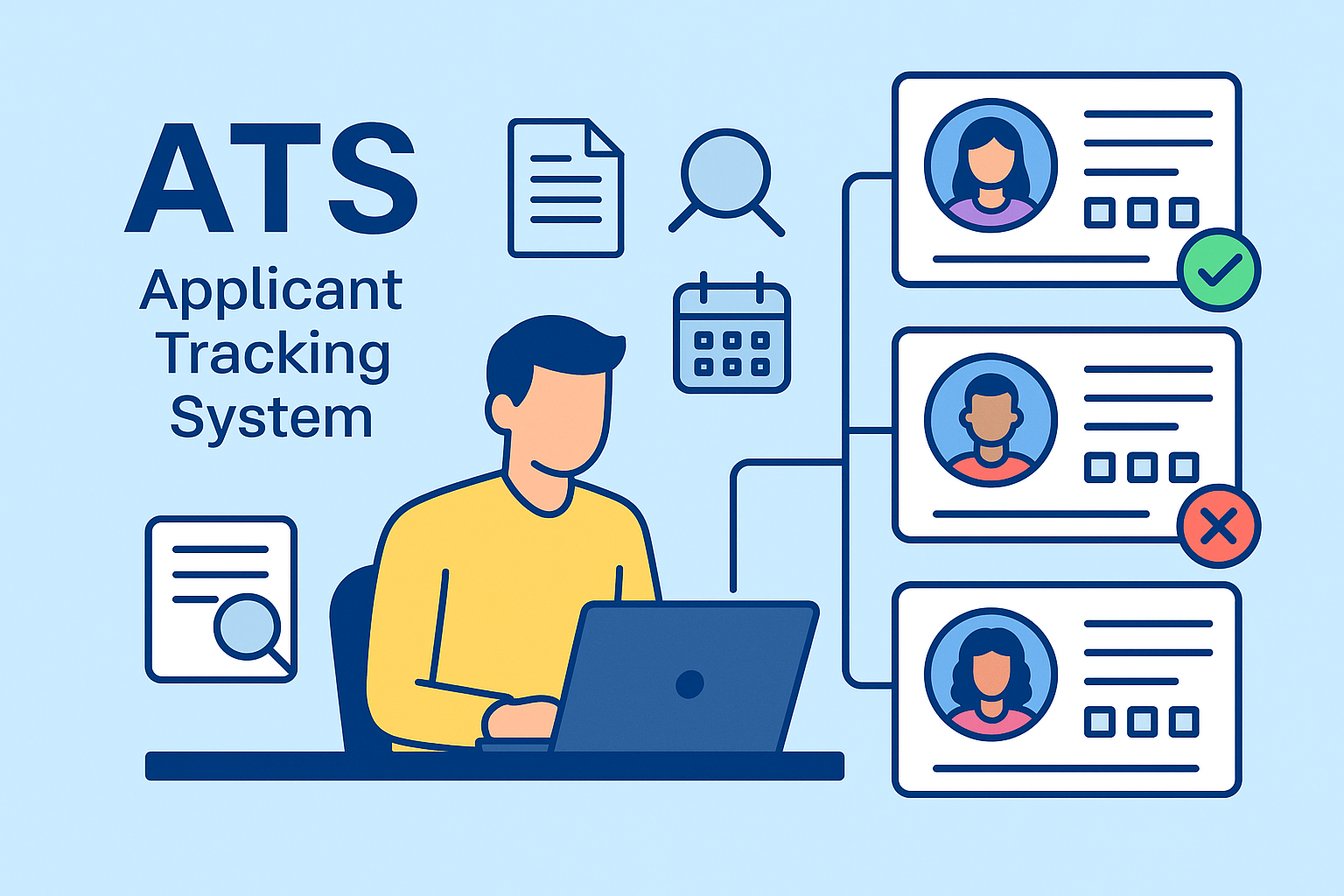One of my cousins is a rising event planner, and I am proud to say that I have followed her career since its very first steps. In a highly sought-after course for event planners, when the instructor asked the class who conducted follow-ups with their team, she was the only one who raised her hand. Perhaps this helps explain why, a few weeks earlier, the first online course my cousin launched had a much higher demand and ended up being more successful than expected.
On the other side of the Atlantic, three colleagues and I formed a workgroup for the course on content creation for virtual environments, which is part of the master’s program in Digital Humanities. We defined roles in paired combinations within the team so that everyone worked in an integrated manner at all times, and our development ended up standing out among the other groups—though it wasn’t a competition. Personally, I dislike competitions… I prefer collaboration and mutual development. According to the evaluation we received, we were considered highly professional!
But what made us so professional was the fact that we regularly conducted follow-ups within the team and adhered to our planning.
What is follow-up?
In project management, follow-up is a continuous process of monitoring and communication aimed at ensuring the proper execution of tasks and commitments as planned. This process is essential for keeping all team members aligned and ensuring that all stakeholders are aware of the project’s progress.
Follow-up involves collecting and analyzing information about the project’s activities, providing a clear view of the current status. It allows the early identification of problems or obstacles, making it easier to take corrective actions in a timely manner.
Follow-ups help prevent delays and ensure that project objectives are met within established deadlines and budgets. This makes a huge difference in projects with strict deadlines—those with fixed end dates that cannot be postponed—such as the weddings my cousin organizes and the coursework my colleagues and I completed.
The importance of follow-up also lies in its ability to promote efficient communication within the team. Holding regular meetings and maintaining open communication channels ensures that all team members are aware of their responsibilities and the progress of activities. This not only improves collaboration and group cohesion but also increases transparency and accountability among all involved.
This is where opportunities arise to review and adjust project plans as needed. With continuous monitoring, it is possible to evaluate whether the strategies in place are working as expected and make adjustments to optimize results. This is particularly useful in dynamic projects since circumstances can change quickly, and adaptability is crucial.
Adopting good follow-up practices significantly contributes to the success of any project, regardless of its complexity or scale.
Project Risks
When managing a project—of any kind—it is necessary to deal with associated risks, such as the absence of a team member, issues with acquiring necessary materials, technical problems, etc. Follow-up is crucial for risk management, helping to identify deviations from the original plan and take corrective measures before small problems turn into major obstacles. This ensures not only that deadlines and goals are met but also that the quality of the work is not compromised.
Imagine that your team is small, and the planned work schedule is tight. At a certain point, a team member falls ill and needs a week of rest. How do you ensure that their tasks do not come to a halt, preventing the completion of many activities that depend on them? The answer is simple: by knowing what those tasks are, their current status, and how to continue them with a temporarily reduced team.
In our workgroup for the content creation course for virtual environments, one person was responsible for centralizing communication between the team and the client. They fell ill in the second week and were absent for several days. Since we had conducted follow-ups and organized our work in pairs—a key component of agile methodology—I, as this colleague’s pair, was perfectly able to cover their absence without leaving gaps in the group’s work. Later, a very similar situation occurred when I had to dedicate full time for a few days to an urgent matter in another project. Thanks to the way we structured our work, my teammates effectively handled the tasks I had pending.
Best Practices
To ensure effective follow-ups in any type of project, it is essential to adopt a series of best practices.
Setting a regular frequency for follow-ups is crucial. This can be done through weekly or biweekly status meetings, depending on the project’s complexity and duration. Some teams conduct daily follow-ups before starting the day’s work or at the end of the day to prepare for the next. This might be the ideal scenario.
Using project management tools significantly facilitates the follow-up process. Software such as Jira, Trello, Asana, and Microsoft Project provide a clear view of task progress, responsibility assignment, and documentation of all interactions. These tools also help centralize communication, preventing information from being scattered and ensuring that all relevant data is accessible at any time.
Documenting all interactions and updates is essential. Keeping a detailed record of meetings, emails, and other forms of communication ensures that no critical information is lost. This history can be vital for clarifying doubts in the future and for project evaluation at its conclusion. However, it is important to balance documentation with actual execution. Defining and maintaining a practical and functional documentation standard is key, and the approach will depend on each project manager.
Clarity and objectivity in communication are equally important. Concise and direct messages help prevent misunderstandings and ensure that all involved parties clearly understand what is being requested or communicated. Moreover, it is essential to involve all relevant stakeholders. This includes not only the project team but also external stakeholders, such as clients or suppliers, who may impact or be impacted by the project’s progress.
Examples of best practices include regular progress reports detailing recent achievements, challenges faced, and upcoming steps. These reports should be shared with all stakeholders to ensure transparency and encourage collaboration. The adoption of specialized software for follow-ups can also enhance efficiency, allowing for the automation of reminders and more agile status management.
By following these best practices, follow-ups become a powerful tool for keeping the project on track, promoting effective communication, and ensuring engagement from all stakeholders.
Implementing Follow-Up in Your Project
All project members must understand how follow-up contributes to transparency, accountability, and project efficiency. It is also crucial to adjust the follow-up process as the project evolves.
Dynamic projects and their needs can change over time, so periodically reassessing the follow-up process and making adjustments when necessary helps prevent issues and improve performance.
A magic formula for successful follow-up and project management is respecting the periodicity of these review meetings while maintaining smooth communication and information flow among team members and other project stakeholders. It is important to understand that follow-up is not just a formality but a practical tool for project success.









